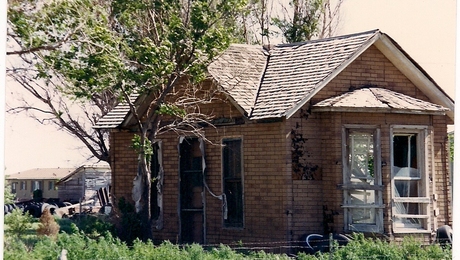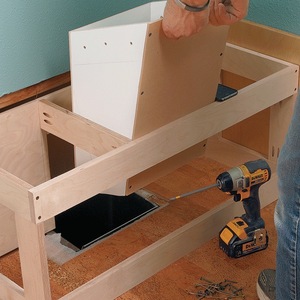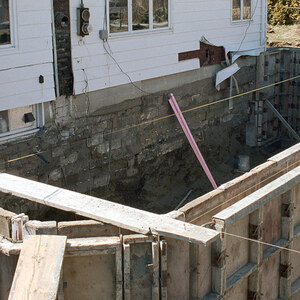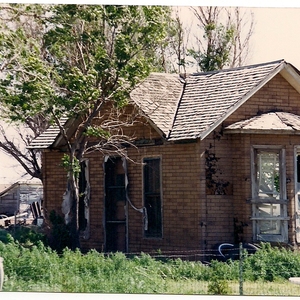I have a 2-year old house in Northern Michigan and recently noticed several hairline cracks in drywall seams in what I consider to be unlikely spots — one on a window header and another on a center seam on a ceiling.
Couple of questions:
Could the fact that I have kept the heat at 46 degrees in the winter months (last year the heat was off in February) be a factor?
If the answer is Yes — what heat setting should be used during the unoccupied winter months?
OR
Are the cracks just a reality of wood shrinking and general settling of a new house?
OR
Something else ????
But, the important question . . .
How shold these cracks be repaired to give the appearance they never happened — and to ensure they will not reappear?
Thanks,
Ron


















Replies
I think that the heating is not a factor, the crack at the header could be the boarders fault, putting a joint in line with the window opening. The crack on the ceiling could be a number of things, poor taping or boarding, a sag, others might have a better idea and can post them. But before the ceiling is repaired the problem that caused the crack should be fixed. It might mean some framing or backing in the attic above the crack. I would dig out and re-tape the crack over the window and see if that works, if it is poor boarding it might happen again.
Hair line cracks happen for a number of reasons the foundation settling on a new house and/or poor boarding techniques.
I have not come across cracks because of wood shrinkage gyproc, has some flexibility, nail popping is more likely to happen with shrinkage, a built up post with gyproc. for example, will pop nails.
Are these horizontal or butt joint seams that cracked? The one above the window, dig out the crud that cracked and use an all purpose mud with paper tape to redo it.
I found a product at Home Depot. I think it is called Crack stop, it comes in a red spray can in the paint department. It is like paint but it is flexable to keep the crack from coming back. Spray it on the crack, let it dry and paint over it.
Could be a few different problems and whose to know for sure.
The joint over the window is normally always settling.
A full year to let lumber shrink and move is normal and can cause some minor problems.
The ceiling may be a number of different things. Check to see if there is strong backs attached over the span of joiced. A lot of times drywall is hung and finished and the ceiling is insulated by a 200 plus pounder . By inspection of the tape joint over the window once tape is pulled off, check the joint mud underneath the tape to see if its soft or hard. If its soft , it could be a few things ; moistuire problem during finishing, useing plus 3 mud , or aka light weight mud, freezing .
Tim Mooney
Im questioning the heat, I have seen a number of 2-3 season rooms with this problem as well....
Anybody else have any experience with it?
Ron is there real tape or mesh tape... seen a lot of mesh go bad in a hurry.
Zendo,
It was indeed mesh tape.
BudRon
I don't think there is anything wrong with turning the heat down like you do in the winter. Because the house is unoccupied the moisture level will be quite low, since there are no life activities to add moisture. So the wood would have perhaps dried out faster than if you lived there, but it would have eventually anyway. In fact, turning the temperature down raises the relative humidity, so it might have actually been better.
The wood in a header is wide, so it shrinks more. It may also have been rained on and been damper since it was on an exterior wall. Good drywallers would not put a seam over the header for that reason.
The ceiling crack could be any number of things already mentioned.
I have dealt with this problem quite a few times in my short lived contracting career. I have been doing this for about 2 years now and this is one thing that my first boss had me doing non-stop. For the ceiling, try and find which way the studs are running. Pop in a couple of dry-wall screws(coarse thread) along the crack in the closest spots that you think have a stud above....then take a very sharp utility knife and cut out in a V shape the paper and the crack. Don't forget to take your knife and scape it sideways along the edges of your cut....this bevels the edge a little bit so that the joint compound will take better. Apply a coat of compound, come back tomorrow and sand it very lightly, apply another coat, do the same thing again if needed or desired....take your time with it, you can make it look like nothing ever happened. Make sure you use a primer when you re-paint so that it absorbs into the area and will be covered by paint easier!
Hope this helps, you can do the same thing above the window.
Nix